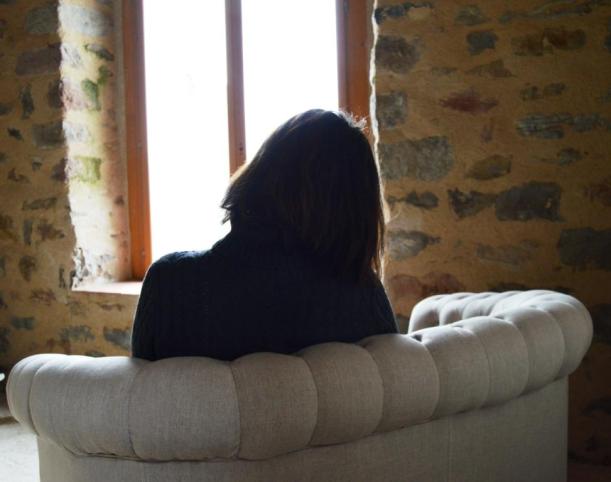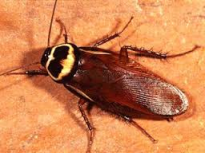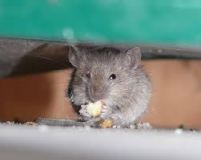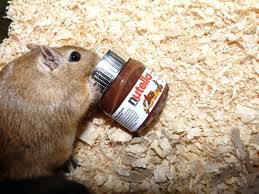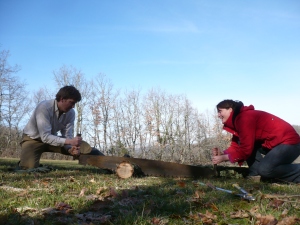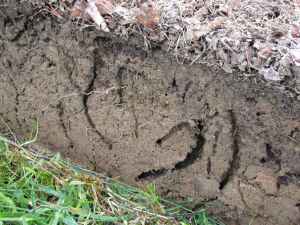Enter Paula and John outside a shop in Albi, south-west France. The sun is shining; they are enjoying the slightly euphoric sensation induced by the huge café viennois they have just consumed at the café in the square. They proceed through the shop’s sliding doors and behold a two-seater sofa upholstered in pale linen and covered in vintage printed cushions.
John: Do you see what I see?
Paula: What, the sofa?
John: Yes.
Paula: Yes.
Both stand staring at it lovingly.
John: Wouldn’t it be perfect for our bedroom? We could sit in it and look out over the valley.
Paula: It would, wouldn’t it?
John (pointing at a small tent card inscribed in curly French writing): What does that sign say?
Paula: No sitting.
John (puzzled): OK….
Paula approaches the counter, where a man is sitting reading. After a few minutes, he looks up, nostril curled.
Paula: We really love that sofa. Would it be ok if we sat on it to try it out?
Man (with a shrug): Oui.
Paula and John scoop up the cushions and take turns sitting on the sofa, imagining what it would be like to be looking down the valley from their bedroom.
Paula approaches the counter again.
Paula: Would you be able to deliver…?
Man (interrupting): Non.
Paula: We may not be able to get it in the back of our car. Would you be able to hold it for us?
Man: Non.
Paula and John huddle, weighing up whether the sofa would fit in the back of a Citroen Saxo.
Man: When are you coming back?
Paula: June or July.
Man: Well, come back then. We’ll have one in stock.
Paula and John look puzzled.
Paula: Do you have a tape measure we could borrow to measure it please?
The man sighs, and, instead of passing the tape measure to Paula, comes around the counter and half-heartedly pulls it out and announces the length of the sofa. He turns to go back behind the counter.
Paula: Could you also measure the height please?
The man ungraciously waves the tape measure in the general direction of the sofa.
Man: 64.
He scuttles back behind the counter.
John: I think it will fit, but I’d like to measure the car first.
Paula (to the man): Do you think my husband could borrow your tape measure to see if the sofa will fit in the car?
Man: I’ll write the measurements on a business card.
Paula: But we’d like to measure the car.
Man: What kind of car do you have?
Paula: A Citroen Saxo.
Man: It won’t go in. I couldn’t get one in my 4×4.
Paula: We’d like to try.
The man grudgingly hands over the tape measure and Paula makes a big show of staying and examining all the items for sale in the shop. Ten minutes pass and John comes back:
John: Yes, it will fit, just, but we might have to keep the backdoor open. Do the feet come off?
Paula (to the man): Do the feet come off?
Man: I don’t know.
Paula: Well, can we see?
John and the man turn the sofa over and start unscrewing the feet. The man drops one on the floor.
Paula (to the man): Would you have something to wrap it in please?
Man: Non.
Paula and John huddle again.
John: We could buy a shower curtain.
Paula: I could put my coat over it.
A lady has come out from the back of the shop and is taking an interest in the conversation. She disappears again behind a curtain and returns with an armful of bubble wrap.
Lady: Will this do?
Paula: Oh, thank you. That’s perfect. Can we park outside?
The lady gives Paula directions.
Paula (to the man): We’ll buy it please. (She gives him her debit card.)
Man: No cards. Cheque only.
John: What now?
Paula: We can only pay by cheque.
John: Ffs.
Exeunt John and Paula.
Fast forward to John and Paula going to a shop that sells haberdashery and buying two metres of cushion piping to tie the back door down, collecting the car and navigating the tiny streets of Albi to arrive in front of the shop. There are bollards outside the shop which means only one car can pass at a time. Paula and John jump out of the car, just as a van pulls up behind them. The man has also come out from the shop.
Man (to Paula): Quick, you need to be quick.
Paula (getting back in the car): I need to move for him (she indicates the van behind).
Man: Oh, forget him. You’ll never get the sofa in otherwise. Besides you should have parked over there (indicating behind the van).
Paula (finally losing her temper): Well, it’s too late now. I’ll go around the corner.
Paula parks and runs back to the shop. She and John heft the sofa and manage to get it into the back of the car with the back door closed. The man stands around ineffectually waving a brown paper bag containing the feet.
Paula (to the man): Bravo for the Citroen Saxo, a great French car!
Paula and John drive home.
John: What just happened?
Paula: I have no idea.
Author’s postscript:
The sofa fits perfectly in our unfinished room. We have already sat in it gazing down the valley. However, on putting the feet back on, we discovered that one is cracked. I wonder how that happened… I suspect that had we waited until June, the shop would have gone bust because of the man’s incredible sales ability. Astonishing…

